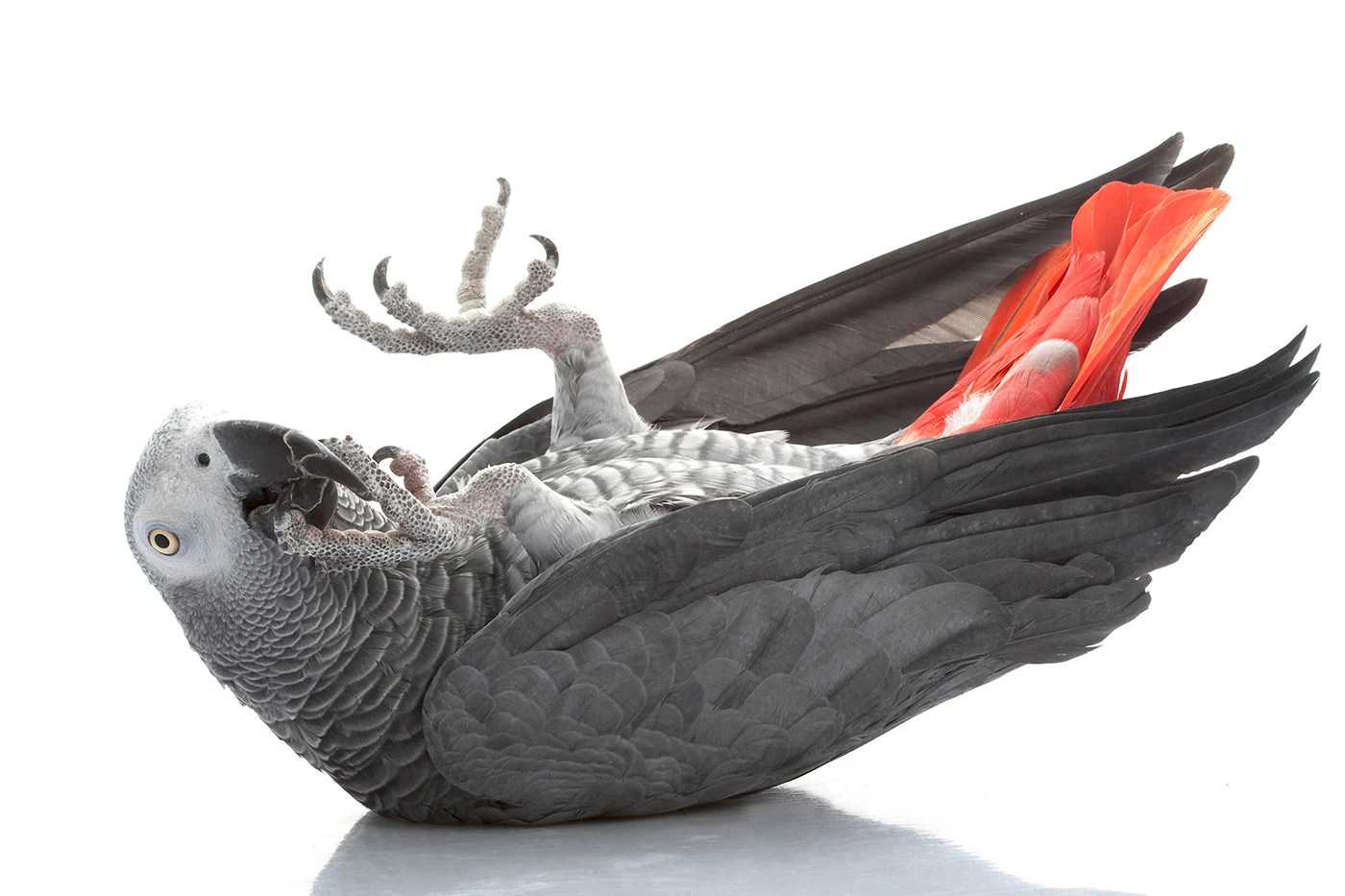MIT drones in search of the lost box
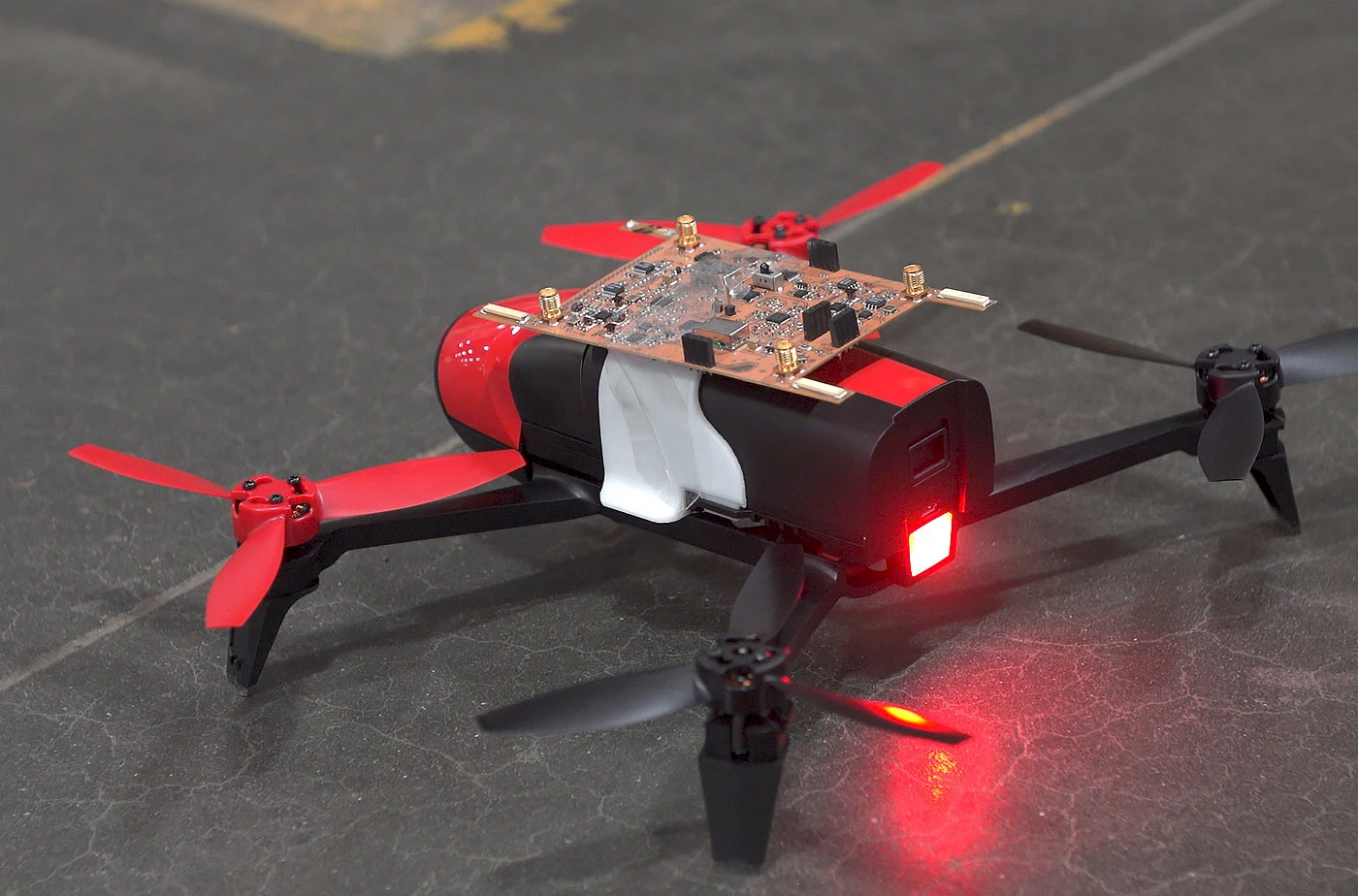
Drone RFly. © MIT Media Lab/Fadel Adib & Jimmy Day.
The job of inventory managers is akin to finding a needle in a haystack. Boxes, packages and even entire pallets can be misplaced or moved with no record of their new location, leading to wasted time and missed sales when goods can’t be found. A group from MIT (Massachusetts Institute of Technology) Media Lab came up with a solution to this problem using drones and RFID tags, which are replacing bar codes as a standard feature in the logistics industry. The advantage of RFID tags over optical recognition systems is that the tags are readable even when not visible. The idea is to mount an RFID transmitter on a drone to enable it to analyze every RFID tag it flies over, and to relay the information wirelessly. The prototype tested by the team was able to triangulate a specific package in a warehouse to 19 cm. The system is able to handle up to 100 tags per second. The next step is to make the drone autonomous, doing away with the need for an operator.
⇨ IEEE Spectrum, “MIT builds drone-based RFID relay to track boxes in warehouses.”
⇨ MIT Media Lab, “RFly: Drones that find missing objects using battery-free RFIDs.”
3D portraits from 2D images
Researchers at the universities of Nottingham and Kingston in the UK have developed an AI tool that turns 2D portraits into 3D models. Unlike other, similar tools, this one can produce a good likeness based on a single photo. It uses a convolutional neural network (CNN) fueled by a library of 2D pictures of faces associated to their 3D models. It also works with video images, as seen in the example below. We’re thinking of all sorts of potential applications for this program, for example to create 3D avatars for video games. You can test it here, and the code is available on GitHub.
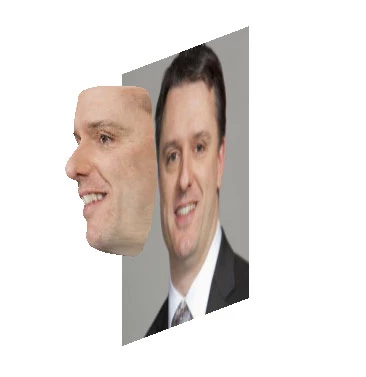
⇨ The Verge, “Make a 3D model of your face from a single photo with this AI tool.”
⇨ University of Nottingham, Aaron S. Jackson, “Large pose 3D face reconstruction from a single image via direct volumetric CNN regression.”
More accurate GPS
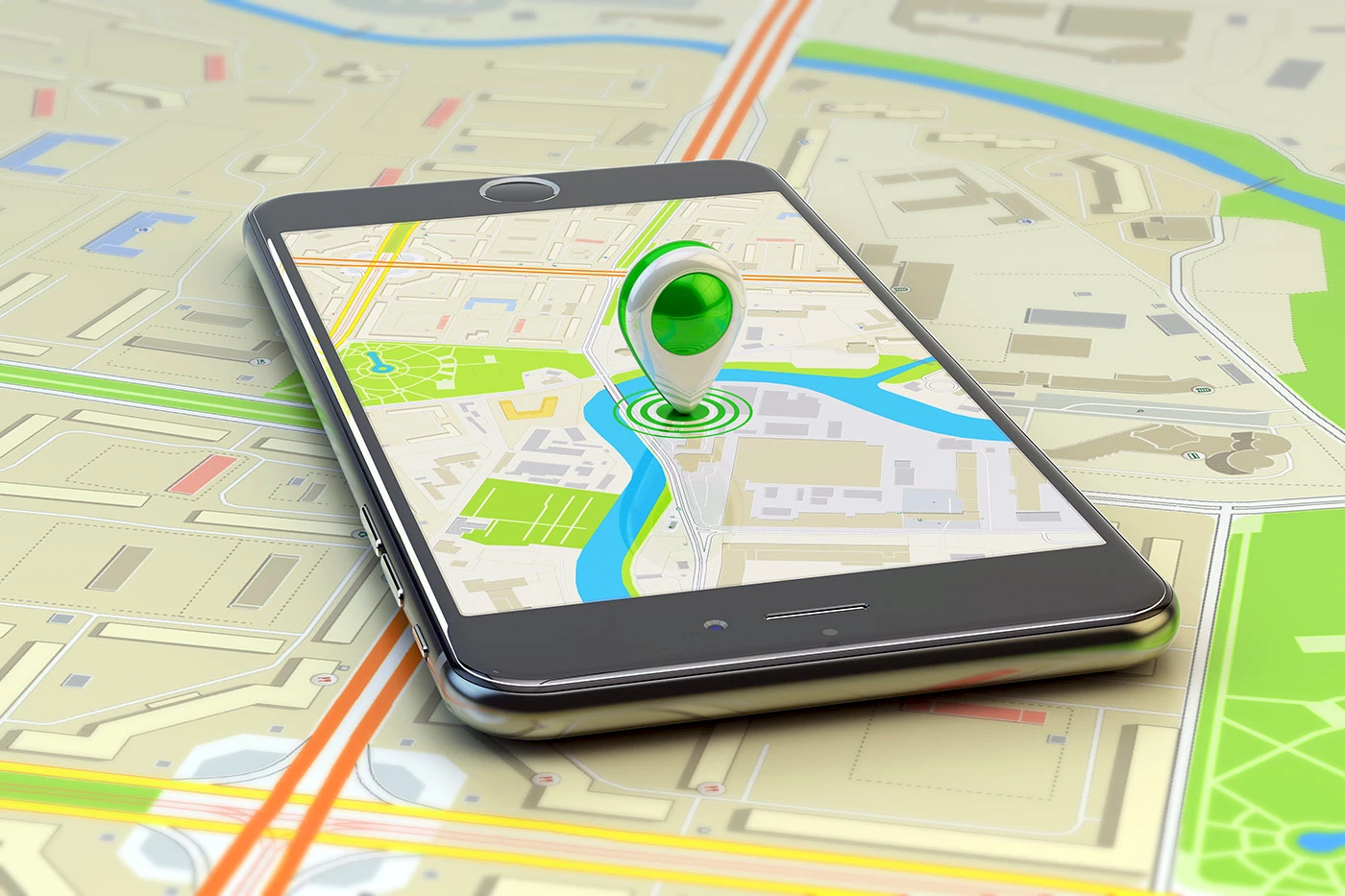
© iStock.
Broadcom announced it will soon release a chip that can take advantage of the new generation of global navigation satellite signals (L5 GPS signal). The chip will provide the next generation of smartphones 30-centimetre accuracy instead of the current 5 metres. What’s more, the BCM47755 consumes half the power of standard GPS chips. This is the first mass-market chip to use L5 signals. Besides GPS (L1+L5), it also supports GLONASS, BeiDou, QZSS and Galileo systems.
⇨ IEEE Spectrum, “Super-Accurate GPS Chips Coming to Smartphones in 2018.”
Google strikes again
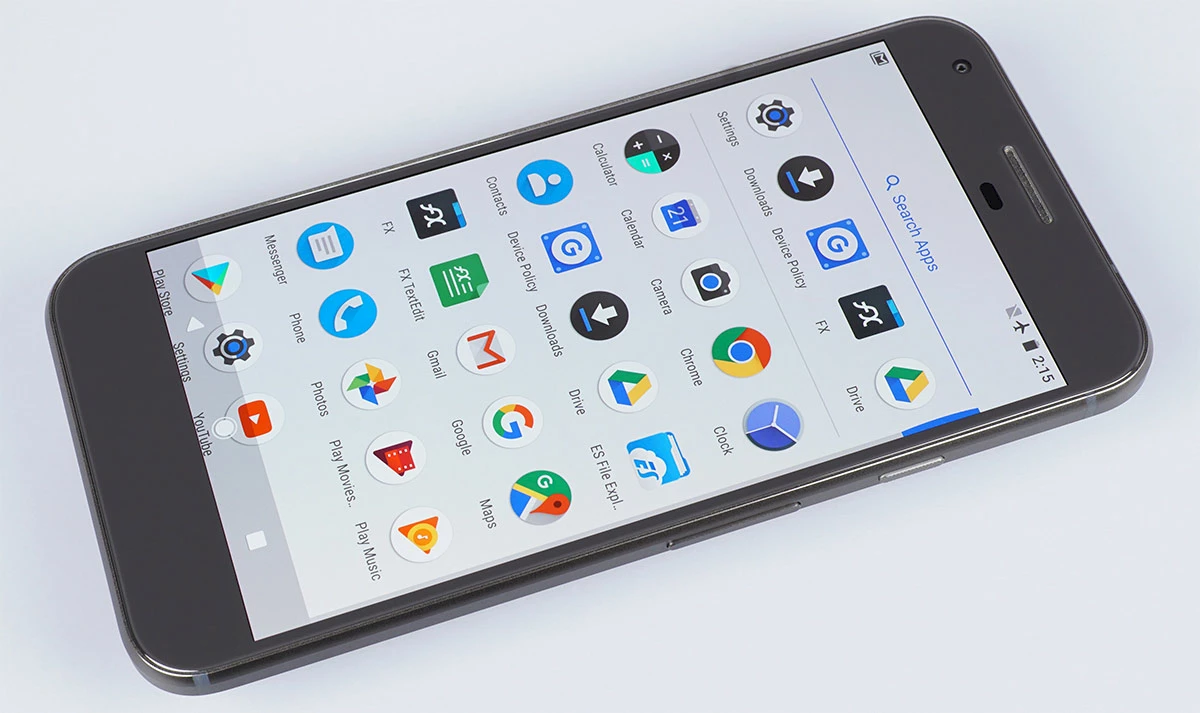
Pixel XL. © Google.
Google is muscling in once again on the smartphone hardware market, with the acquisition of part of HTC’s mobile division for $1.1 billion. HTC is known for its quality devices and technological firsts (Android, Evo 4G, Thunderbolt, etc.) Google’s latest smartphones, the Pixel and Pixel XL, were basically a joint venture between Google and HTC, the former designing and the latter manufacturing. With the HTC acquisition, Google will compete directly against Android partners like Samsung, LG and Huawei, using the hardware/software synergy model that ensured the success of Apple and the iPhone.
⇨ The Verge, “Google is buying part of HTC’s smartphone team for $1.1 billion.”
Alexa+Buddy=Amazon
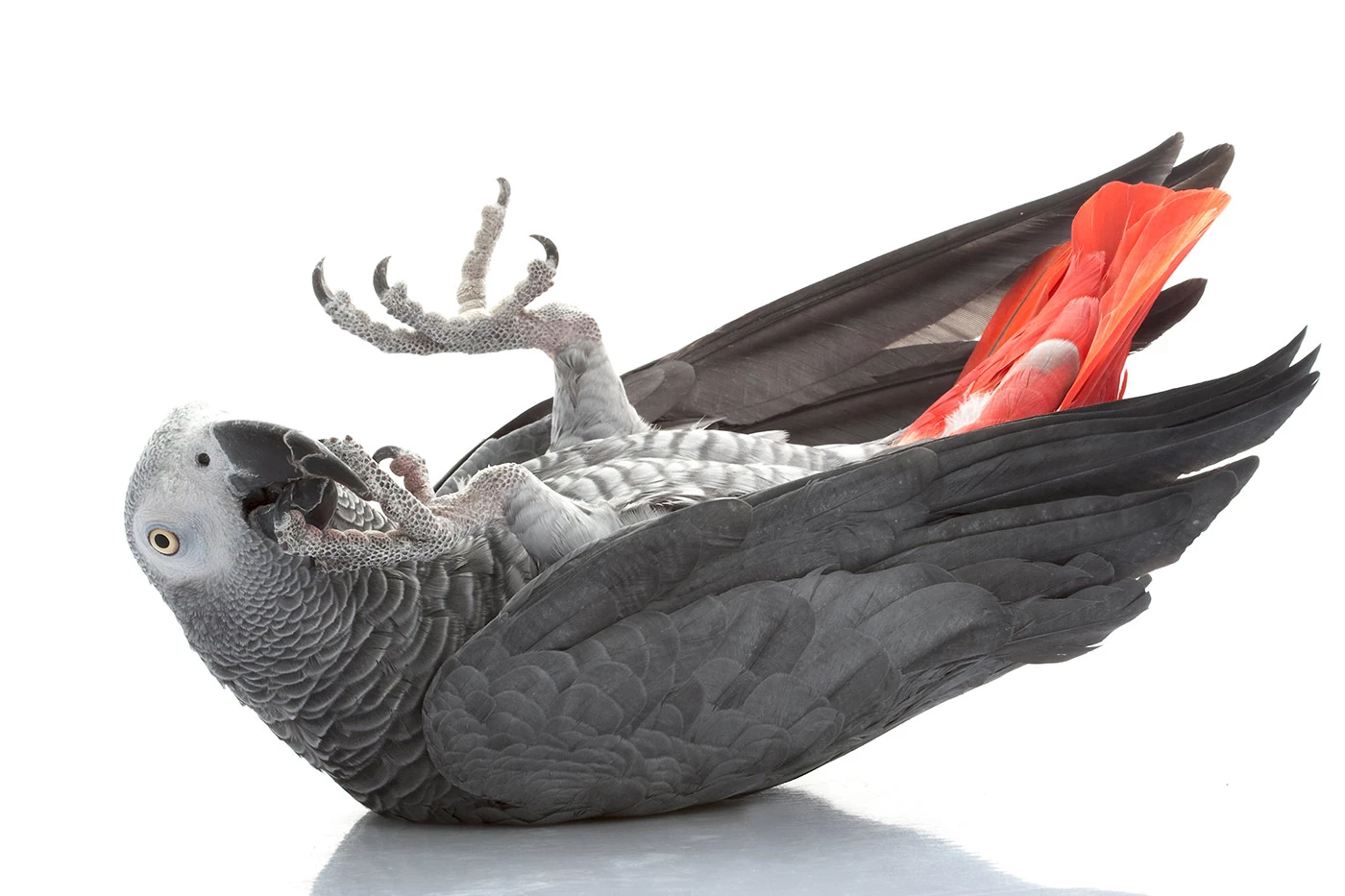
© iStock.
Parrots and Alexa make a dangerous cocktail: the latter is voice-controlled, while the former are experts at… parroting voices. A woman in Britain mysteriously received $14 worth of gift boxes she had never ordered. Her husband and son denied all knowledge. Then Buddy spoke up: “Alexa!” he squawked in her voice. There ensued a conversation at cross-purposes between Buddy and a most helpful Alexa, resulting in an unintended Amazon order. Happily, Amazon has a generous return policy for orders placed through Alexa systems.
⇨ New York Post, “Woman couldn’t explain mysterious Amazon orders until her parrot talked.”
